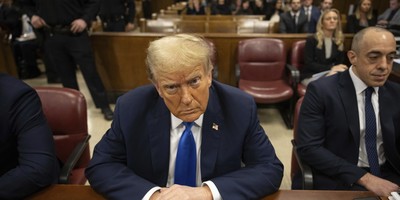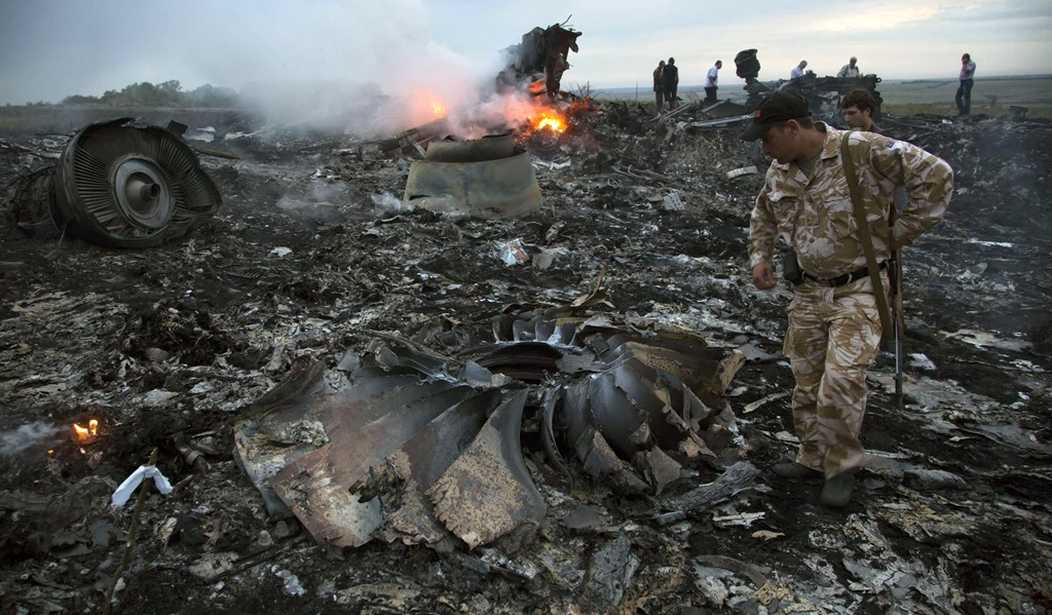Then the violence stops. All appears to be quiet on Europe's eastern front. Ukraine contends Russian intelligence agents planned the attacks and Russian Special Forces officers directed them. The Kremlin denies supplying or financing the rebels and announces it has convinced the rebels to respect the ceasefire agreement with Ukraine. Russian propagandists promise peace, soothing the headline consciousness of U.S. media. As a result, a war in Europe involving a nuclear power draws scant American attention.
This calculated cycle guides Russia's creeping war of aggression in Ukraine: a burst of planned, aggressive violence followed by planned, well-propagandized dormancy.
The February 2014 invasion of Crimea followed this pattern. So did the creeping offensive that carved a rebel enclave in the Donbass (Donets Basin). Fighting during Fall 2016 has more or less followed the script. According to StrategyPage.com, the number of rebel attacks launched in October was roughly twice the number launched in September. Many were small-scale pinpricks, with few casualties on either side, but a number of the attacks occurred near the Ukrainian port of Mariupol. During November, the number of attacks in the eastern Ukraine war zone fell.
October was the burst of aggression sandwiched between comparatively dormant September and November. Even during the quiet periods, however, the fighting never completely subsides.
Recommended
Perhaps it was coincidental that increased combat occurred in October, when U.S. and western European media focused on the last weeks of a contentious American presidential election -- but I don't think so.
Russia's stop and start offensives seek to secure a position of comparative advantage over Ukraine, but at minimal cost in terms of casualties and political penalties. The sanctions imposed by the U.S. and its allies burden Russia's weak economy. The Kremlin wants to avoid stiffer sanctions.
Mariupol seems to be the objective of the creeping war's current phase. Seizing the city would be a major step toward securing a land route between Russia and the Crimean peninsula. The route would run along the Black Sea coast.
Russia has been improving the anti-aircraft defenses in rebel-held areas of the Donbass. The ceasefire agreement supposedly banned over flights by military aircraft in parts of eastern Ukraine. The improved Russian anti-aircraft defenses make the area a no-fly zone for Ukrainian warplanes.
The Kremlin is creating other facts on the ground that will be difficult to reverse. This continues a pattern established on March 18, 2014 when Russia officially annexed Crimea.
The Crimean invasion violated the Budapest Memorandum of 1994, a multi-lateral diplomatic agreement that guaranteed Ukraine's territorial integrity. It was part of a larger post-Cold War diplomatic framework forwarding disarmament, economic development and democratic development in former Iron Curtain countries.
The Budapest agreement traded Ukrainian nuclear weapons for mutual security guarantees. Yes, the Kremlin violated a nuclear weapons deal and used armed aggression for the purpose of territorial expansion.
Moreover, a U.S. president, Bill Clinton, signed the Budapest Memorandum. The Kremlin's Crimean caper and the Obama Administration's weak response showed U.S. territorial guarantees in Eastern Europe are less than totally reliable.
The NATO alliance suffered political damage. Eastern European NATO members continue to worry. In October 2016, NATO member Lithuania published a manual entitled "Prepare to survive emergencies and war." It is basically a guide to surviving a Russian attack. According to StrategyPage.com, the manual says prior to an invasion "Russia will send in agents." The manual "provides tips on how to detect the presence of these agents, especially in preparation for an imminent invasion." This is precisely what the Russians did in Crimea.

























Join the conversation as a VIP Member